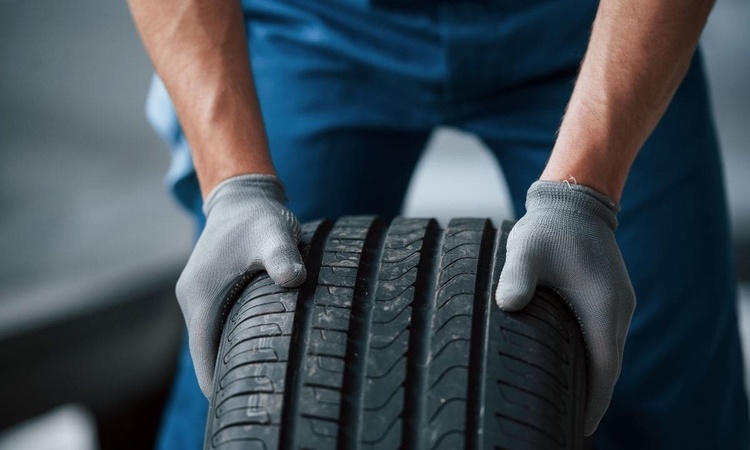What to inspect when considering a lease return
Returning a leased vehicle involves more than a quick wash and a full tank. Before the inspection, review the lease contract, check documented maintenance, and note any EV-specific items like battery health and charging ports. A careful pre-return check helps avoid unexpected end-of-lease fees and supports accurate resale expectations.

Before handing a leased car back, plan a structured inspection so the vehicle meets the lease agreement and avoids surprise charges. Start by reviewing your lease terms for allowed mileage, wear-and-tear standards, and end-of-lease obligations. Collect service records, recent diagnostics, and any correspondence about repairs or recalls. If you manage a fleet or multiple leases, centralize documentation to simplify comparisons and financing reconciliation. Performing a thorough check well before the return appointment gives time to address issues affordably and consult local services if specialized work is required.
What should a leasing inspection cover and why
A standard lease inspection assesses condition relative to normal wear and the contract’s definitions. Inspectors look for dents, scratches, upholstery damage, windshield chips, wheel curb rash, and any missing or nonfunctional accessories. Verify paint condition and document repairs with dated receipts and photos. For leased vehicles, inspectors also confirm mileage against the contract; excess miles often trigger per-mile charges tied to financing and residual value. Keeping a clear record of pre-inspection findings creates leverage when discussing disputed charges with the lessor.
How to evaluate maintenance and diagnostics history
Maintenance logs and diagnostic reports influence end-of-lease outcomes. Ensure oil changes, filter replacements, and scheduled services are up to date and documented. Run a diagnostic scan for active fault codes and address persistent warnings; unresolved codes can translate into required repairs at return. For vehicles with telematics, export service and fault reports to demonstrate proactive care. If repairs are needed, choose reputable local services and keep invoices. Consistent maintenance reduces the likelihood of chargebacks and supports higher resale valuation for fleet management and financing reconciliation.
What EV and charging items require inspection
Electric vehicles need specific checks beyond standard maintenance. Assess battery health, state of charge capacity, and any manufacturer-recommended battery diagnostics. Inspect the charging port, cable condition, and onboard charging equipment for damage or corrosion. Review charging and range logs if your lease includes usage metrics tied to mobility or efficiency standards. For plug-in hybrids, check both electric and combustion systems. Documenting EV-specific servicing and charging behavior supports sustainability claims and can affect residual value calculations.
How do safety, insurance, and telematics affect return outcomes
Confirm that there are no outstanding safety recalls and that recall repairs are documented. Review insurance claims history and provide records of any accident repairs; poor-quality repairs can prompt additional inspection charges. Telematics data may record driving patterns, harsh braking, or accident events—review these logs to understand any flagged incidents before returning the vehicle. Discuss with your insurer and fleet manager if telematics-driven adjustments to insurance or financing terms are expected due to recorded behavior.
What to consider about resale, financing, and mobility planning
End-of-lease condition affects the vehicle’s resale value and the lessor’s financing calculations. Understand how wear issues translate into monetary offsets against the vehicle’s residual value. If you plan to lease again or shift vehicle roles in a fleet, factor in mobility needs and efficiency targets: fuel economy or EV range trends may influence next-step financing decisions. For lessees transitioning to purchase, compare estimated residual costs with independent resale valuations to inform financing negotiations.
How fleet managers and individuals check efficiency and sustainability
For fleets or individuals focused on sustainability, evaluate ongoing efficiency metrics recorded by telematics and charging logs. Check tire wear, alignment, and aerodynamic components that affect efficiency. Consider a routine efficiency tune-up—proper tire pressure, clean air filters, and calibrated sensors can improve consumption. If managing multiple returns, standardize inspection checklists and partner with local services for bulk diagnostics. Clear records of efficiency and sustainability practices can be useful for internal reporting and for negotiating lease-end adjustments.
Returning a leased vehicle is a process of aligning the car’s physical and documented condition with contractual expectations. By focusing on inspection items such as maintenance, diagnostics, EV battery and charging, safety and telematics logs, and resale implications, lessees and fleet managers can identify issues early and minimize unexpected costs. Assemble service records, address repairable items through verified local services, and confirm insurance and financing implications before the scheduled return to ensure a smoother lease-end experience.





